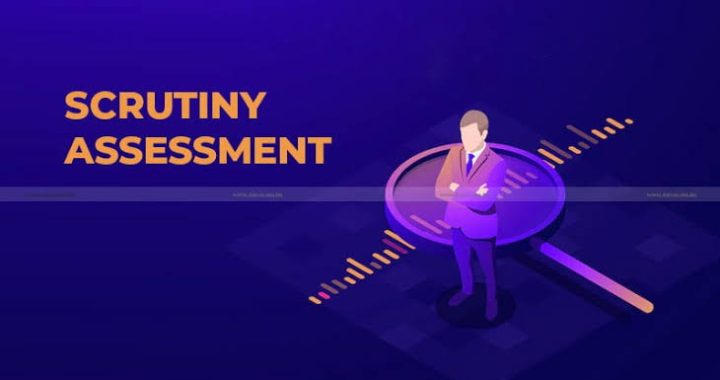The role of artificial intelligence in cybersecurity

The role of artificial intelligence in cybersecurity
Artificial intelligence (AI) is one of the most exciting and significant tech fields today. While not long ago it was mostly considered to be the realm of science fiction, AI now helps us in many ways. Current and potential uses of artificial intelligence encompass a diverse range of applications. Voice assistants in our smartphones and homes are an example of AI in day-to-day action. At the other end of the spectrum, we have complex scientific experiments like the Human Brain Project, which aims to simulate human brain using computers.
But AI has no ethical bias. It can be applied used for malicious purposes just as easily as it can help us. Therefore, while AI is at its development stage, it is important to remain vigilant for both potential misuses and applications of this technology.
This applies especially to machine learning (ML), which can be used to produce very complex and advanced artificial intelligence systems.
What is Machine Learning?
Machine learning is a method for teaching or training an artificial intelligence algorithm to do things. Machine learning utilizes in-depth analysis of large datasets and databases to provide the AI in question with an extensive set of reference points from which it can learn. For example, if you give a machine learning algorithm a database consisting of millions of pictures of bananas, the algorithm could train a machine to be able to identify bananas when it sees a new picture.
How is Machine Learning Used in Cybersecurity?
A significant property of machine learning is that it allows us to teach AIs to do things that we would otherwise be unable to teach them.

Let’s get back to our example of the banana algorithm above. While the machine we are training can teach itself how to identify a banana, it can’t pass that information on to us. In other words, we can look at what the machine is doing and peek at the code that represents its “thinking” process, but it would make no sense to us. However, even if we don’t know how to tell a computer to pick out a banana in an image, we can give it the tools to learn that for itself.
The best and most advanced endpoint protection systems today utilize machine learning. By using databases of known viruses and malicious code snippets, cybersecurity specialists can train these systems to spot complex patterns and characteristics in the code, which human brain can’t detect and understand.
Weaponizing Machine Learning
As cyber attacks between nation-states become more common, ML represents the fastest and most effective way of training both offensive and defensive cyber capabilities. By utilizing a large dataset of known software or hardware exploits, machine learning algorithms can be trained to find vulnerabilities in systems, leading to an increased rate of zero-day attacks.
Using this technology, hackers could also automatize the selection of their potential victims, intercept and study cyber defense systems, and even develop new stronger and more powerful types of malware that could slip through them.
About a year ago, a team of researchers created an AI tool that could modify malware code and bypass advanced ML-based antivirus software. Thus, if cybersecurity professional have already tried that, it would be naive to expect that hackers won’t do the same to use the technology to pull off their crimes.
Protecting Ourselves
It looks like a never-ending game – while one machine is learning to protect us from cyber criminals, another one is teaching itself to help them.
The best we can do here is to mitigate the possible impact of the malicious use of AI on our overall cybersecurity efforts. This will require governments to work alongside industries that are frequently targeted by cyber attacks to ensure that we have a robust defensive infrastructure to protect us.
While machine learning algorithms can be used to identify zero-day vulnerabilities, they still often need to gain access to networks to run those exploits. Ensuring that good security practices are observed by workers, both in the industry and in government, will minimize the chances of them being used as unwitting Trojan horses. It may be hard to believe, but one employee with an infected flash drive is all it takes to infect an entire network.
Robust security tools, such as VPNs, are essential for any organization and individual, especially when your employees need to access the corporate network remotely. A VPN (Virtual Private Network) will encrypt their communications and prevent attackers from tracing their connections to an entry point of your network.
While AI and machine learning already play a significant role in our lives, these technologies also have the potential to be turned against us. Therefore, it is important that we remain vigilant of the risks as learn to protect ourselves.


 Major Changes Expected in Direct Tax Code 2025 and why these matter
Major Changes Expected in Direct Tax Code 2025 and why these matter  Steps to Take After a Personal Injury: A Comprehensive Guide
Steps to Take After a Personal Injury: A Comprehensive Guide  ITAT Held AO Cannot Examine Issues in Scrutiny Assessment Except for those Selected for Limited Scrutiny as per the CBDT Circular
ITAT Held AO Cannot Examine Issues in Scrutiny Assessment Except for those Selected for Limited Scrutiny as per the CBDT Circular  Do I Need An Attorney Oklahoma Probate Process?
Do I Need An Attorney Oklahoma Probate Process?  Introducing and predicting the future of DOT
Introducing and predicting the future of DOT  Process to Correct the PAN Card Online
Process to Correct the PAN Card Online  ITAT Amritsar: No Section 269SS Violation for One-Time Cash Payment Before Sub-Registrar
ITAT Amritsar: No Section 269SS Violation for One-Time Cash Payment Before Sub-Registrar  Tax Officials Unleash Digital Dragnet: How New Raid Powers Redefine Privacy, Property Rights in India and likely to Fuel Corruption
Tax Officials Unleash Digital Dragnet: How New Raid Powers Redefine Privacy, Property Rights in India and likely to Fuel Corruption  Income Tax Department Rewards for Reporting Tax Evasion: A Comprehensive Guide
Income Tax Department Rewards for Reporting Tax Evasion: A Comprehensive Guide  Forfeiture of Gratuity by Employer- What are the Remedies for an employee- Can employer be challenged?
Forfeiture of Gratuity by Employer- What are the Remedies for an employee- Can employer be challenged?